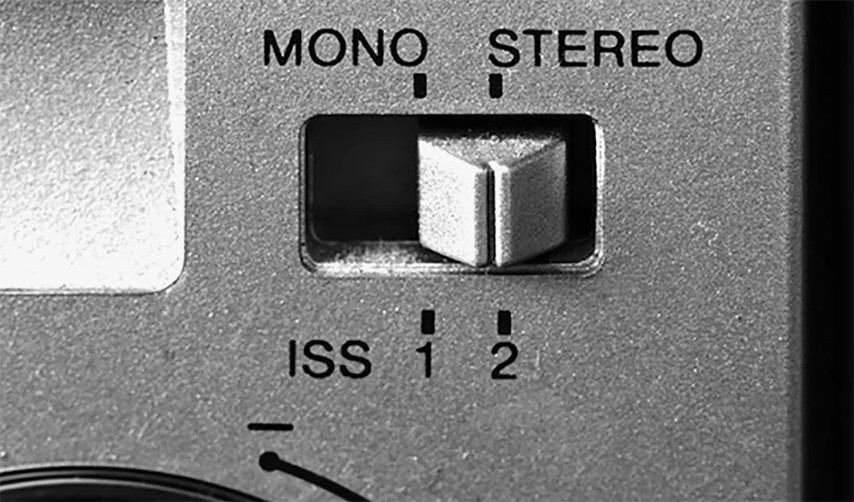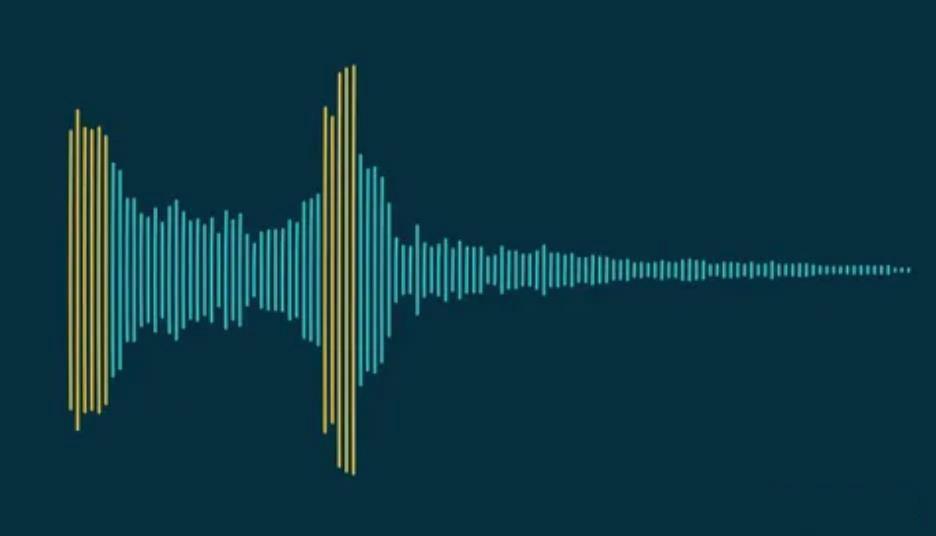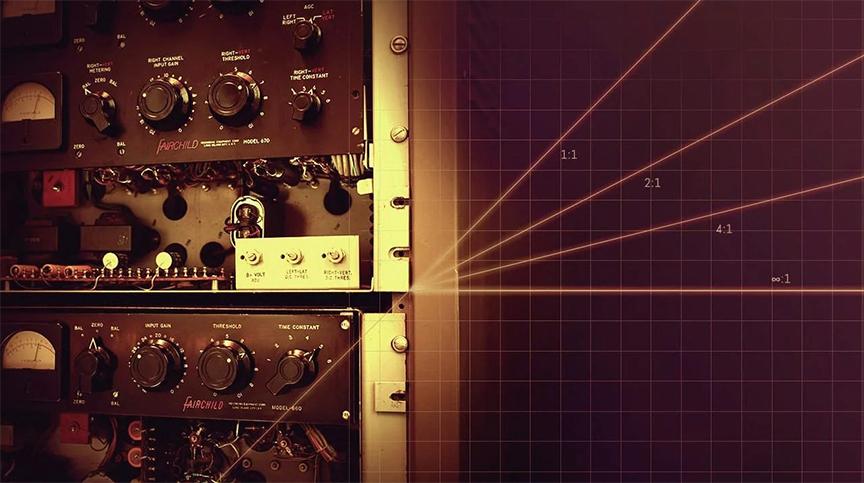How to make house music

1. Pay special attention
Pay special attention to transients. Note that low-quality samples have too sharp attack. If you want to achieve a more organic sounding material, you can soften the attack with a transient shaper. Make them sound a little smoother. This approach is more pleasing to the ear and gives them a better sound quality. In addition, it will help to better fit the material into the mix.
2. Use references
Studying the sound of your track compared to other popular tracks that are currently being played by DJs is of utmost importance. I always stick to the practice of analyzing two or three reference tracks, which are known for their excellent sound quality, and give them special attention so that they are not affected by the processing on the master bus. I’m constantly switching back and forth between these tracks and my own, comparing them to make sure everything sounds right.
3. Collect the mix around the “kick-a”
When creating house music, it is recommended to set the volume of the kick (kick) to the same level as in the reference track. It could be about 0dB, minus one or 2dB, or something in that range close to peak volume. If you’re in the business of making music, I recommend starting your mix from this starting point. In house music, it is especially important that the kick play an important role in the mix and give the track a groove.
4. Drums as the foundation of a track
Kick, hi-hat and clap are the main components of any house track. Without the right sound of these elements, the track will not be able to have enough energy and will not be able to compete with commercial tracks in this genre.
5. Voice processing
I think it’s important to pay attention to the space in which the vocals are placed in the track. It is often worth thinking about what should be the position of vocals in the musical space. Using too much reverb on a vocal won’t always be effective, especially if the rest of the track doesn’t have that obvious use of reverb. If this is the case, it might be worth considering using a short delay on the vocal instead of a powerful reverb.










